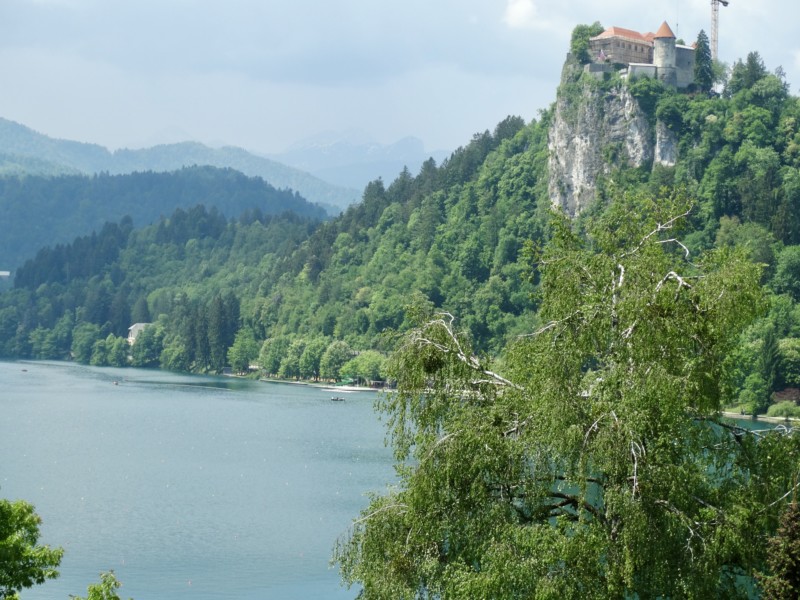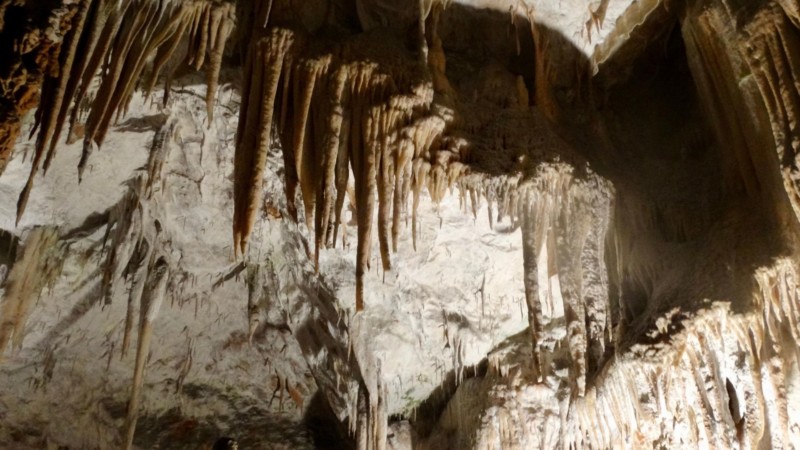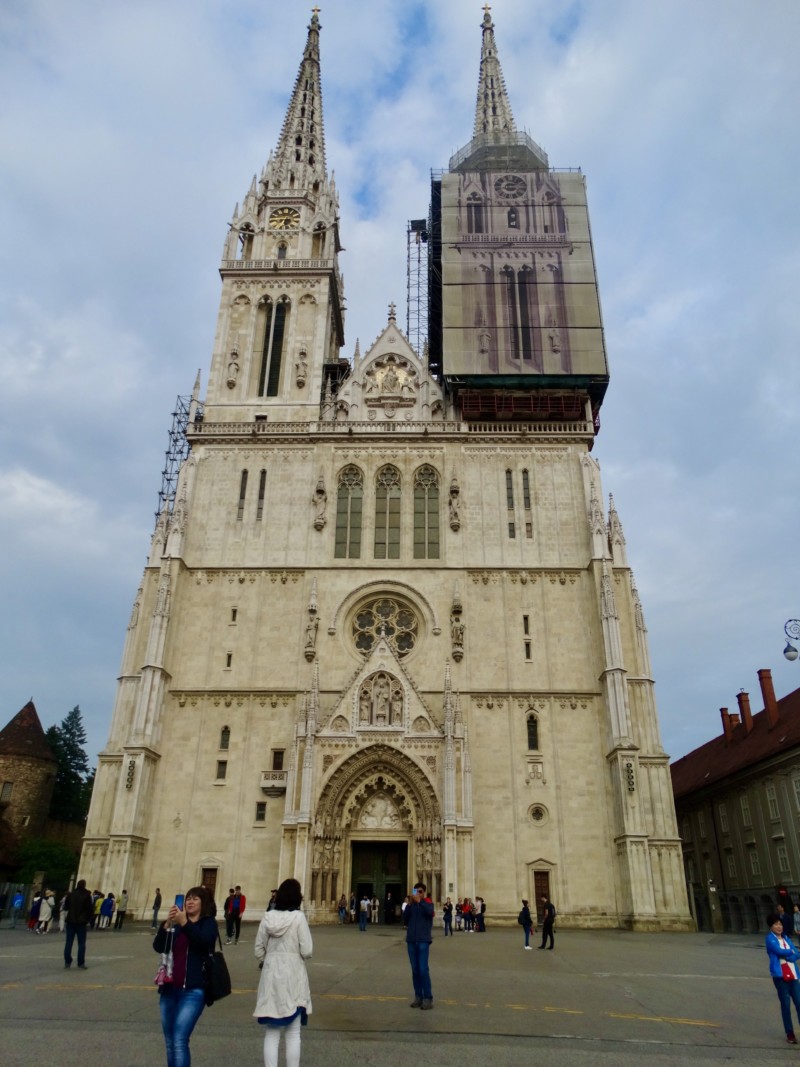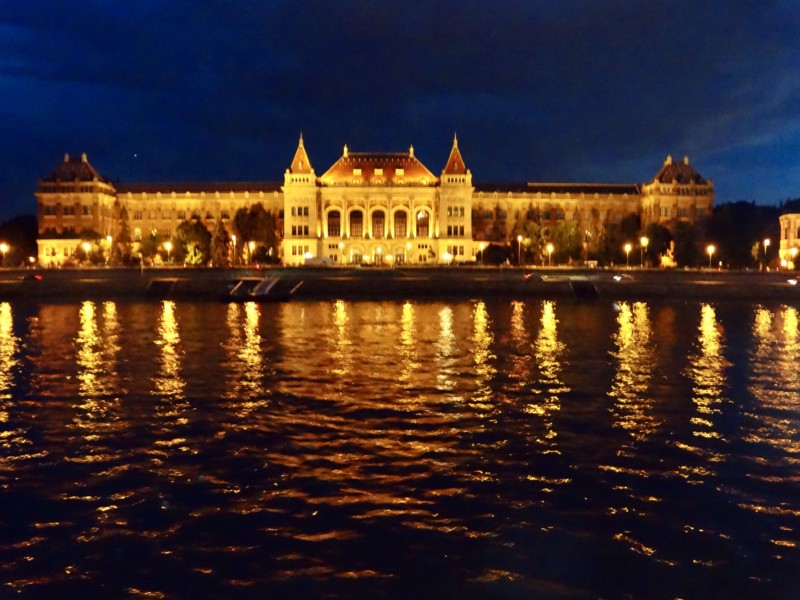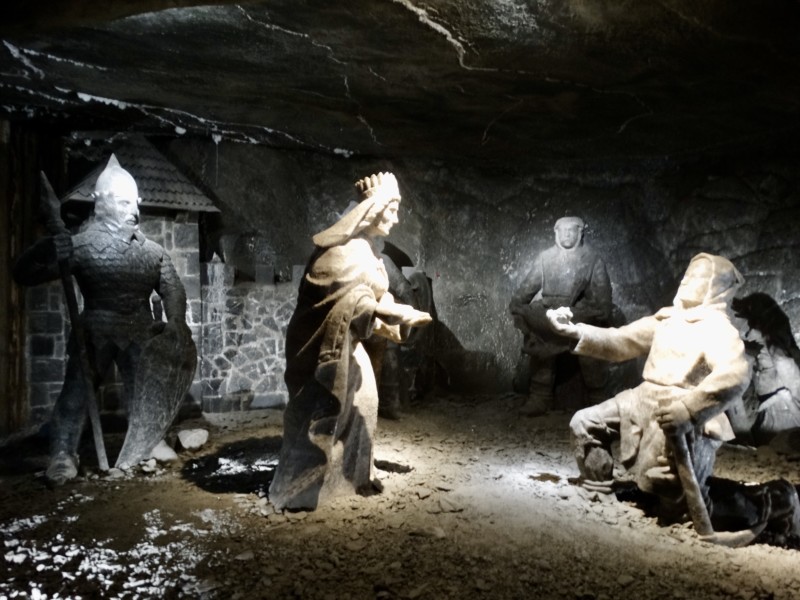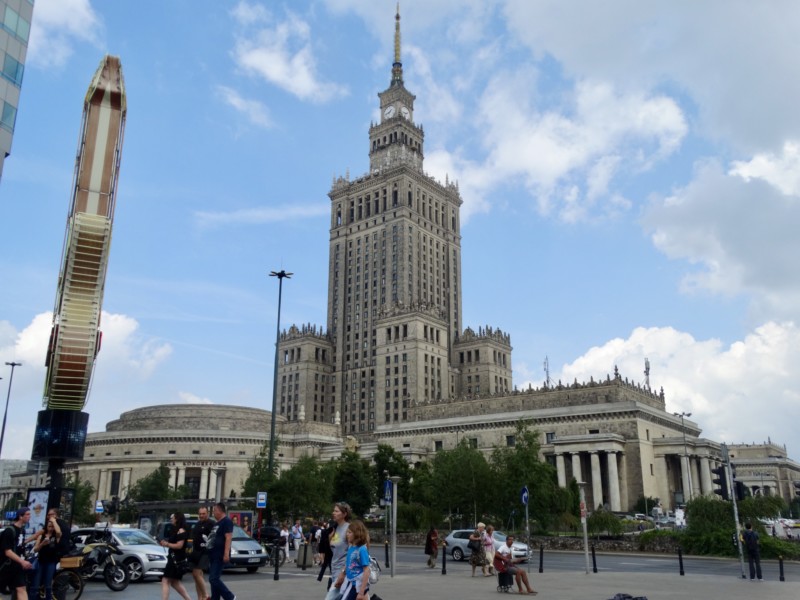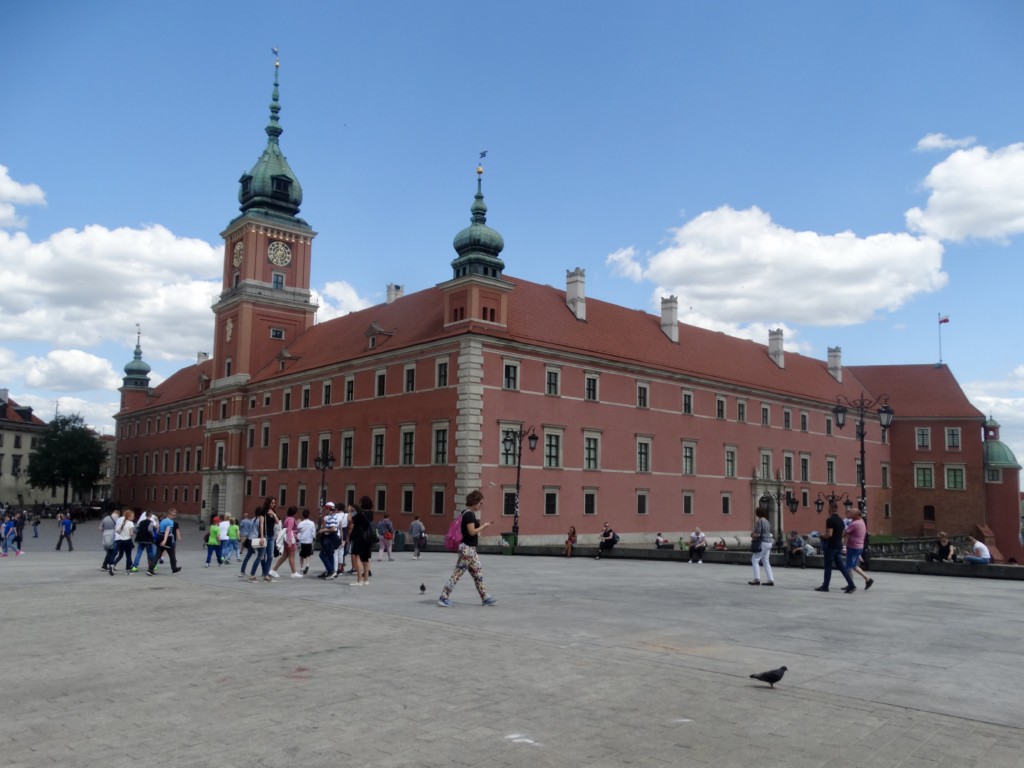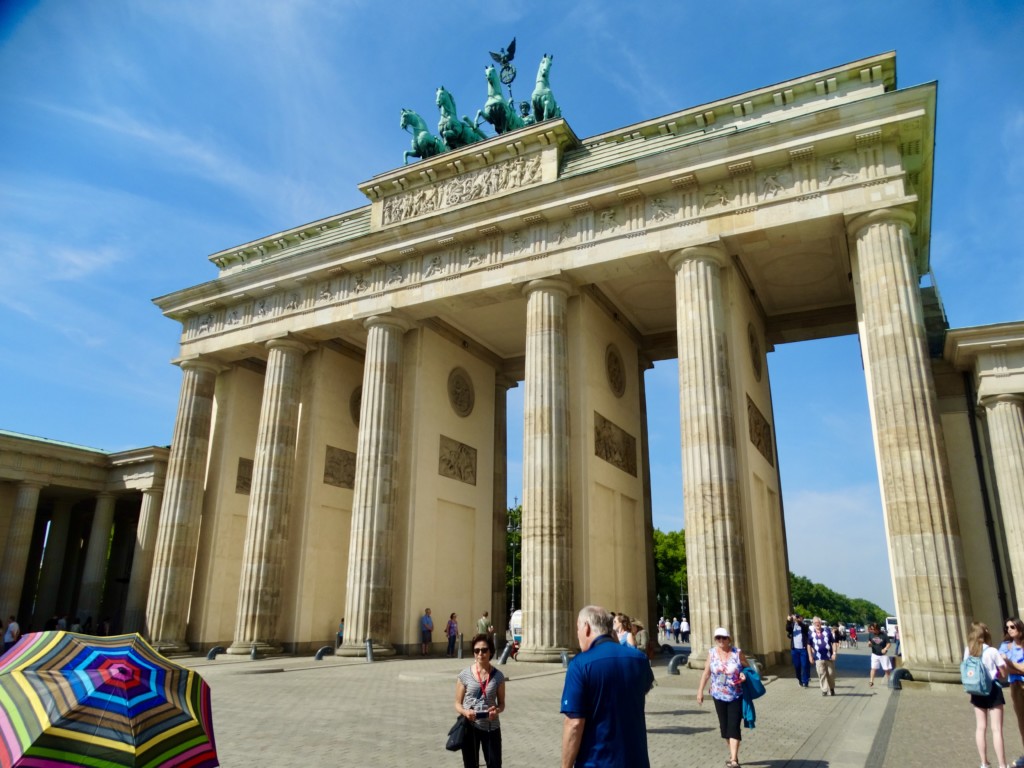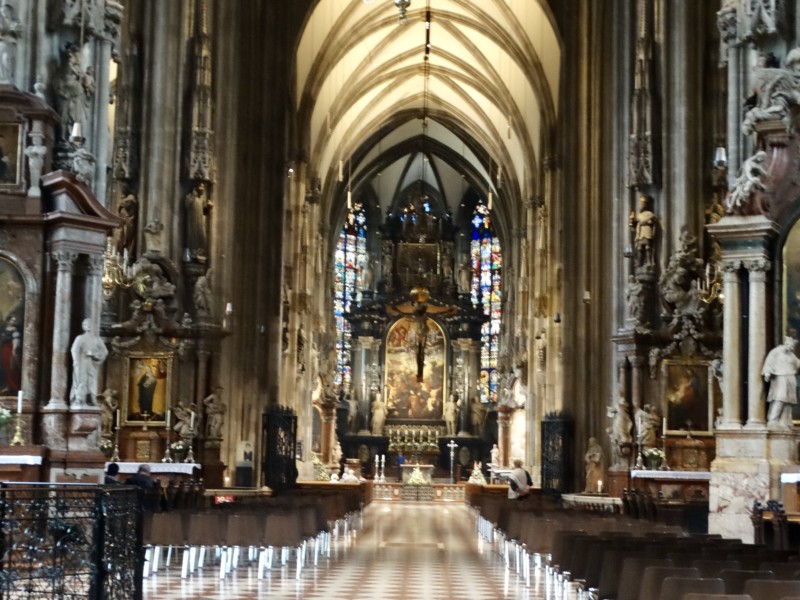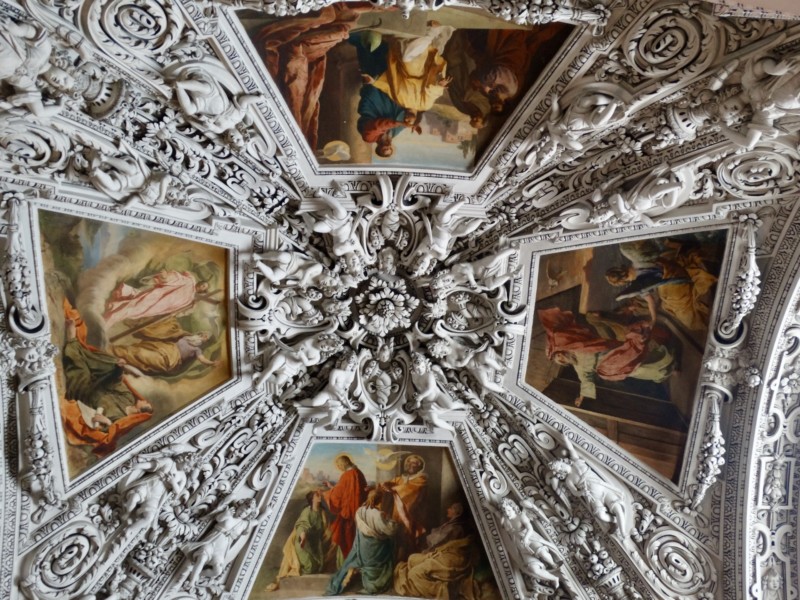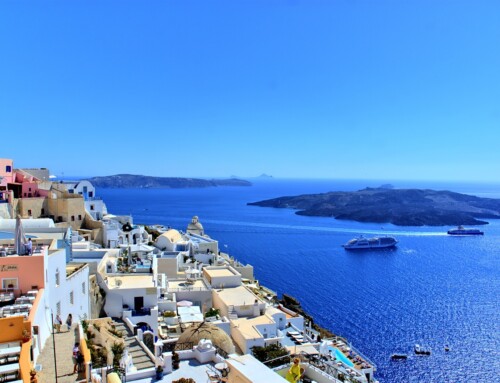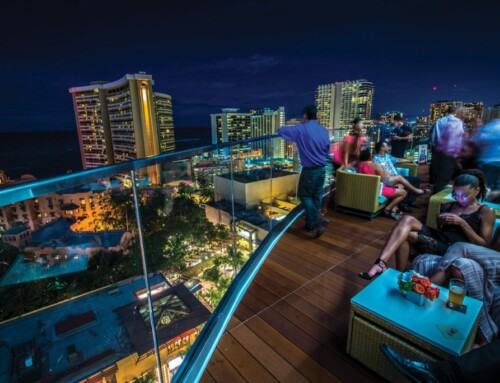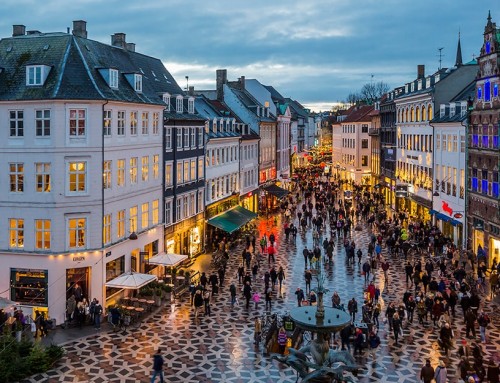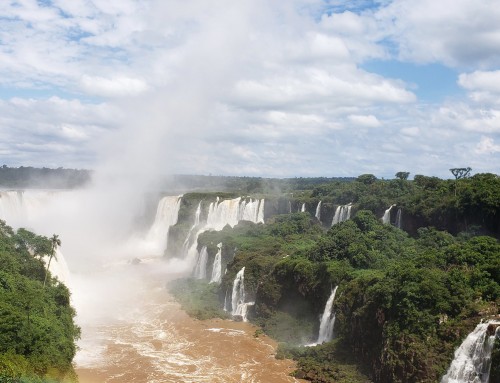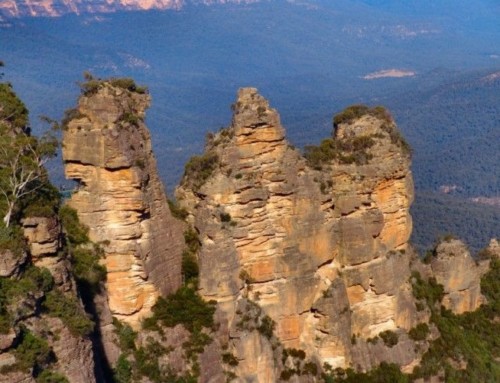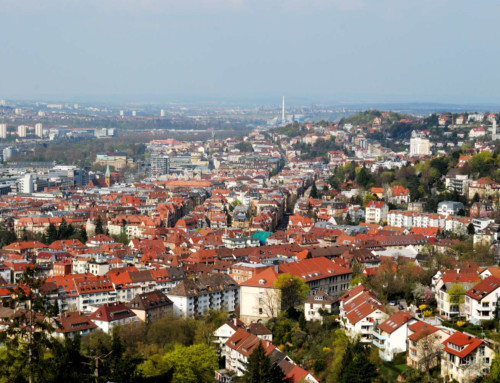Having seen a good part of West Europe but hardly any countries of East Europe except Romania and Hungary, I decided during one of my summer vacations to travel to the eastern region of the Continent. While I was considering whether as always to travel on my own or for a change, to join a group, on a visit to the Travel & Tourism Exhibition in Mumbai, I learned from Club7 Holidays Pvt. Ltd. about the “Highlights of Eastern Europe,” a 16-day Tour organized by TRAFALGAR, London, and I registered for the same. However, having been a solo traveler all my life, several reservations crept up in my mind about group travel. All the same, I decided to go. I was booked to fly to Vienna, the assembling point. To my consternation, I missed the flight! What a start indeed!! It necessitated re-scheduling my departure to the following day. Luckily, the flight was available, but this time to Ljubljana.
And so, I arrived in the beautiful capital of Slovenia, a country of just two million and abundantly blessed with Nature; mountains, lakes, and forests. The 45-minute drive I took from Ljubljana Airport to Lake Bled, where I had now to join the Group, was one stretch of picturesque landscape. A curious legend surrounds the formation of Lake Bled Island. It seems that there were pastures and meadows where a chapel dedicated to the Virgin Mary stood on a low hill. Despite the sheep wandering into the chapel, the locals did nothing. According to the legend, God thereupon flooded the pastures to protect the sacred place. My room at the Park Lake Bled Hotel overlooked the lake with the 1000-year-old Bled Castle beyond, rising from the edge of the lake glittering in the evening light. I could not have asked for a more splendid view to remember as I look back on my first day. By afternoon I had met our Tour Director and the participants, forty-six in all, six from Malaysia, and the rest from USA, Canada, Australia, and New Zealand, and the lone Indian, yours truly, frankly happy to be so. And as the tour progressed, my apprehensions of a conducted tour were allayed, thanks to the excellent itinerary, the expert and affable Tour Director and the Coach Driver, and most importantly, the very friendly and interesting co-travelers. I was equally fortunate to have a very congenial and like-minded roommate throughout the trip. For me, this was an experience of a different kind, hectic in a time-bound schedule, but equally enjoyable.
For a lover of mountains, Slovenia has a lot to offer. The country’s highest mountain is Mt. Triglav (9,395.2 ft) in the Julian Alps. The trekker in me regrets that I could not do any trek on account of the fixed itinerary. Mt. Triglav is also visible from Bohinj, Slovenia’s largest glacier lake. Here near Lake Bohinj, we visited the 13th-century church of St. John the Baptist, the walls and ceilings of which were covered with exquisite frescos. We also took a ride in the cable car to Mt. Vogel (6,306 ft) offering a scenic view of the valley below. A refreshing welcome blueberry drink boosted our spirits.
Slovenia’s unique sight is the Postojna Caves, two million years old, a world of limestone underground. Though the extent of the caves is 24 km, we covered 5 km during our 90-minute travel by electric car through mysterious passages before we explored the vast caverns on foot. We were shown by our guide a lizard-like creature called Olm living in the waters of the caves, and we were further informed that the same is not found anywhere else in the world. An interesting feature of the caves indeed! As we walked down the streets of Ljubljana, Slovenia’s capital as well as its largest city, we found that traffic here is restricted only in the center and the cyclists and pedestrians freely wandered around the Ljubljana River which flows in the heart of the city.
Driving from Lake Bled to Croatia (like Slovenia, a former Constituent of the Republic of Yugoslavia), we entered Zagreb, the lovely little capital, where “even to this day the cobbled stone lanes and squares are lit up by gas lamps.” From across ‘The Westin’ our hotel in Zagreb, I could conveniently hop into tram No. 12 to get to the City Square. I enjoyed traveling on the local trams even in Vienna, Salzburg, and Warsaw, in which cities I spent another ten days by myself after the Trafalgar Tour ended. And exploring the cities gave me ample opportunity to interact with the local people and feel the pulse of the place.
In Zagreb, we saw the Gothic Cathedral, the Archbishop’s Palace, Opera House, and St. Mark’s Church with its beautiful colored roof. Here in Croatia, our visit to a quaint little village called Kumrovec, the birthplace and the house (now a museum) of late Marshal Tito, President, and leader of the non-aligned movement, took me back in time politically. The drive from Zagreb to Kumrovec was not only scenic but it also gave us a good insight into the countryside and in the evening, we were treated to local cuisine in a typical countryside setting.
The following morning, we crossed the border into Hungary, stopping at Lake Balaton, roughly 80 km, the largest lake in Central Europe. The locals lovingly call it the “Hungarian Sea.” The language Hungarian is known as “Magyar” amongst its speakers. The Magyars were a tribe from NE Asia, who established their kingdom in Hungary in the 9th-century, and today the seven tribes which form the Hungarian Nation constitute the largest ethnic population in Hungary. Continuing further to the romantic capital Budapest, romanticized by the River Danube, which divides the city into Buda the home of the commoner, and Pest where live the elite, we immersed ourselves in this spectacular city. Here we visited the Fisherman’s Bastion with its towers which represent the seven tribes.
The most eye-catching attraction in Budapest is the magnificent Hungarian House of Parliament consisting of 691 lavishly decorated rooms which can be visited only on a guided tour. It is hard to take eyes off this jewel-like monumental structure. On a scenic night river cruise, the Hungarian Parliament fully illuminated presents a marvelous spectacle. We visited St. Stephen’s Basilica, very beautiful and ornate, and saw the Great Synagogue, the largest in Europe. A break at the world-famous Gundel Restaurant provided a pleasant relaxation.
As we moved on our journey to Poland, past the foothills of the Tatra Mountains against the charming landscape of Slovakia, we stopped for lunch in a traditional restaurant. The drive could not have been more rewarding as we arrived in the enchanting city of Kraków, the royal capital of Poland until 1596. Fortunately, Kraków did not meet the same fate as Warsaw at the hands of the Nazis and its glorious past was saved thanks to the intervention of the Soviet Union. Among the many historic buildings, the most famous is the Wawel Royal Castle, now a museum. The Main Square called Rynek Glowny is the largest medieval town square in Europe and here we visited the Renaissance Cloth Hall, the center of clothing trade in medieval times and one of the oldest shopping malls. It was here at the University of Kraków, the oldest in Central Europe, where the astronomer Copernicus studied. In the Old Town, we also visited the Mariacki Church, Kraków’s iconic cathedral. Further, it was a treat to watch the Polish performances in the Square. We were also lucky to enjoy the typical Polka music and traditional dance of Poland at the ‘Farmhouse Dinner And Polka Party,’ getting a taste of delicious Polish cuisine.
Just outside Kraków 15 km away, is located the 800-year-old UNESCO World Heritage-listed Wieliczka Salt Mine, too amazing for words; there are unique sculptures, chambers, chapels, and even salt chandeliers shaped out of rock salt 440 ft underground. They have to be seen to be believed. An hour-and-a-half drive away from the city is the Auschwitz Concentration Camp, a grim, sad reminder of Nazi barbarism and brutality where millions of Jews and Poles were exterminated during World War II. Hundreds of people visit the chambers in guided tours, but I stayed back because my conscience, heart, and mind would not permit me to view the horrors of the gas chambers where so many humans perished. Why should it be a tourist attraction, I wonder.
On our way to Warsaw, 120 km away, we stopped at Jasna Góra Monastery, a famous Polish shrine, the country’s pilgrimage, to see the painting of the Black Madonna of Czestochowa to whom miraculous powers are attributed. However, it was Warsaw (Warszawa), the elegant capital of Poland, a city on the Vistula, and the birthplace of the famous scientist Maria Skłodowska-Curie, which impressed me immensely, a city which was destroyed by the Nazis during World War II has rebuilt itself so magnificently with the help of its countrymen. This is also the city that bore the maximum brunt of the Nazi genocide. Today there are beautiful buildings, some also from the Communist Era. One such stately edifice is the Palace of Culture and Science. This spectacular construction was completed by the then Soviet Union in the Soviet architectural style in 1955 in a record time of just two years!! It is such an iconic building, a feast for the eyes, a treasure to behold. And it is a gift of friendship from the Soviet Union to Warsaw. It houses a museum, but when I visited the same, I was informed that on account of massive renovation under progress, the museum would re-open only after two years. Here in the Palace square, I met two Varsovians while taking pictures of the Complex and in the course of my conversation with them when I spoke about Lech Walesa, their leader of the ‘Solidarity’ movement, I could discern joy on their faces. But I regret to this day that I could not locate my friend Marek who I had met in 1974 in Zurich and meet him and his lovely family once again.
The Royal Castle is another landmark of Warsaw. It is a huge edifice of brick, a copy of the original which was blown up by the Nazis in World War II, and this ‘Red Castle’ is located in the vast open area of the Old Town. Here I met a young man at the Castle and then in an interesting conversation over a cup of tea learned that he was from Ukraine but presently in Warsaw on holiday from China where he taught English. My visit to Warsaw University founded in 1818 gave me the feel of the academic atmosphere of the city. And among the several churches, I visited here, the Church of the Holy Cross impressed me the most. I admired the altarpieces, but the urn by the second pillar on the left side with an epitaph to Chopin, containing the remains of the musician brought to Warsaw from Paris after he passed away, moved me emotionally. And so, a visit to Warsaw would be incomplete without attending a recital of the music of Fryderyk Chopin, the famous son of Poland after whom Warsaw has named its International Airport. What a tribute to the musician!
Heading west into Germany, we reached Berlin, the vibrant capital, which I had visited earlier also. The major sites here are the iconic Reichstag Building and the Brandenburg Gate. The Berlin Wall, a barrier dividing East and West Berlin (1961-1989) was constructed to prevent the East Germans from crossing over into West Germany. Checkpoint Charlie served as the link between East and West Berlin to enable tourists to visit East Berlin. Today, after the fall of the Wall in 1989, all that remains of Checkpoint Charlie is the graffiti on the sidewall depicting events of the Cold War. The fall of the Berlin Wall re-unified the two Berlins, but with the fall, ironically, the euphoria also died down. And during our free time, as I walked down Alexanderplatz in the evening, I felt a sense of admiration once again for this great city and the country which has become a formidable center of the European Union.
On our way to the Czech Republic (Czechoslovakia), a country in the heart of Europe, sharing borders with Austria, Germany, Poland, and Slovakia, we traveled to Dresden and ambled through its charming streets. Arriving later in Prague (Praha), the capital on the River Vltava, was like stepping into a fairyland with a fascinating history. Besides so many of its sights, the most popular is the walk down the 14th-century 500-meter-long Charles Bridge with statues on either side across a gently moving river. In the Staré Mesto, the Old Town, there is the City Hall, the Gothic Church of Our Lady before Tyn, Prague’s most beautiful Baroque Church of St. Nicholas, and the Astronomical Clock (then closed for renovation), which religiously chimes “on the hour every hour.”
Ah, Vienna! The capital of Austria, the center of royalty in Europe, the Austrian Alps, the home of Classical Music and Opera, where the famous psychoanalyst Sigmund Freud lived has so much more to offer the tourist. The city is known not only for the waltzes of Strauss but also for the music of Beethoven, Haydn, Mozart, and Schubert. The evening before our group dispersed in the morning, we were treated to a wonderful Concert of Viennese Classical Music including some of the most famous works of Strauss and Mozart performed by some of the most highly acclaimed soloists and dancers in Austria. Later, after the tour, I absorbed the sounds and sights of Vienna completely (this being my second visit to the city). The main attraction of Vienna is its 12th-century Gothic masterpiece St. Stephen’s Cathedral with its awesome Gothic stone pulpit. A visit to the 18th-century Royal Palace of Schönbrunn, the imperial residence of the Hapsburgs from the 18th-century to the end of World War I and now a World Heritage Site, is a must. And while I was strolling in the Square one evening, a young man approached me with the greeting ‘my lady,’ and said, “would my lady be interested in a concert tonight?” There could not have been a more alluring proposition and I readily agreed. He was a youth from Albania in the Balkan Peninsula studying Business Management at the University, out that evening to promote the Concert organized by his mother. The latter, after the Concert, amidst people out from the packed hall, graciously arranged a taxi to take me back to the hotel which was quite a distance away. It was a musical as well as a touching experience to remember.
My next destination was the UNESCO World Heritage site, Salzburg, the birthplace of Mozart, and immortalized by the film ‘The Sound of Music’, where I headed by train for a comfortable homely stay in this pleasant Alpine town which I explored thoroughly. One of the important sights is the Dom Cathedral. But the much-hyped “36” swings and bends on the day trip to Grossglockner (12431 ft), Austria’s highest mountain, did not meet my expectation since I have experienced real hairpin steep gradients in the Himalaya. Bidding ‘so long’ to Austria, I took the six-and-a-half-hour train to Warsaw, one of my favorite cities, to spend some more days here again before leaving Europe. I felt at home in this delightful city, the long walks I indulged in so elevated my spirits.
Slovenia and Poland have given us the Polka dance music, Hungary the Magyar Folk music, the Czech Republic the music from Bohemia, and Austria the classical music, music that transports you into another world. And I experienced it all. East Europe also has a rich range of design handicrafts and exquisite crystal and pottery. Particularly, Poland is famous for amber which is found near the 500-mile-long Adriatic Sea.
Yes, East European cities and outskirts gave me a wonderful insight into the cityscape and lifestyle. These medieval cities bear the look of medieval times. The Renaissance style, Baroque, and Gothic architecture of buildings and churches, all speak of the rich European history and culture. Speaking of churches, the many I visited, which are serenity personified, each surpassing the other, left me spellbound with their architectural grandeur and the gold studded interiors, the paintings and frescoes in the very high ceilings. These were the splendid places of worship. The interesting aspect of every city was the large city Square toward which the visitor first headed, literally a meeting place surrounded by some of the city’s major attractions. Further, the innumerable parks everywhere lent immense charm and beauty to the landscape. The weather throughout was extremely pleasant and comfortable with temperature ranging between 12°C and 18°C. My interaction with the locals, highly informative, widened my perspective of the place and its people. Commuting on the city’s local tram and bus as also intercity and long-distance trains added greatly to my curious mind. And finally, with beautiful memories of Europe and the wonderful time I had, I flew back home from Warsaw’s Frederic Chopin International Airport to show my appreciation of the honor bestowed by the country upon its revered man of music, promising myself to return another time.
(All the photos in this article were taken by the writer.)

